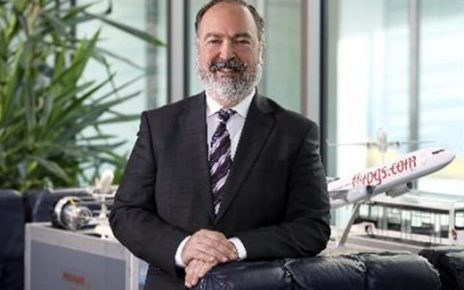Current trends indicate that there is an imminent pilot shortage due to the limited availability of trained pilots.
As airlines adapt to these market shifts, they are exploring various strategies to address this challenge, including delaying the retirement age for pilots, implementing one-pilot cockpit systems, and lowering requirements to attract more staff.
Southwest Airlines has recently taken steps to reduce the experience hours required for pilots by half, from 1,000 to 500 “turbine time.” Turbine time refers to the time spent flying turbine-powered aircraft, such as jets, turbo-props, or turbofans, which are typically found on larger and more complex aircraft. This shift is aimed at providing more aspiring pilots with the opportunity to pursue a career at the airline. While the new requirement allows pilots with less turbine time to join the airline, it is important to note that the overall flight time requirement remains the same.
In line with Federal Aviation Administration (FAA) regulations, a pilot is required to have a minimum of 1,500 hours of total flight time, with slightly lower thresholds for pilots with military experience and those who have acquired certain academic credits. This requirement was recently challenged in 2022 when Indianapolis-based Republic Airways sought a reduction in flight hours for graduates of its flight school to address the ongoing pilot shortage in the industry. However, the motion was declined by the FAA, citing a lack of sufficient data to support the Republic’s claim that its program is adequate to warrant a reduction in flight hours.
The International Civil Aviation Organization (ICAO) has forecasted that by 2026, the aviation industry will require over 350,000 pilots to sustain operations.
“Cutting the required “turbine time” flight hours may provide some benefits to pilots in terms of career growth and mobility between airlines. However, it is unlikely to be a comprehensive solution to the pilot shortage issue facing the aviation industry,” believes Alison Dsouza, Director of Aerviva Aviation Consultancy, a Dubai-based international consultancy, specializing in aviation recruitment and document management. “Furthermore, if other major airlines also start reducing the experience hours required for pilots, it could potentially attract less experienced professionals with limited ‘turbine time’ experience, resulting in a talent drain from smaller airlines. This could also raise safety concerns as less experienced pilots may be drawn to the opportunity to join major airlines. It is important for the industry to strike a balance between addressing the pilot shortage and ensuring the highest levels of safety and competence.”
To this point, no initiative to lower the required flight time was raised in Europe. According to European Union Aviation Safety Agency (EASA) regulations, to obtain a commercial pilot’s license, one must have accumulated 250 hours of flying time, which is already a significantly lower requirement compared to FAA regulations.
As the aviation industry continues to grapple with the looming pilot shortage, it is crucial for airlines to consider not only the short-term benefits but also the long-term implications of their recruitment strategies. While reducing the required turbine time flight hours may provide a quick fix to attract more pilots, it is unlikely that it could improve the overall pilot shortage situation.
Airlines have been in a hiring frenzy that is likely to go on for several years as carriers replace pilots who reach the federal mandatory retirement age of 65. The US government estimates that there will be about 18,000 openings every year for airline and commercial pilots this decade, many to replace retirees. The FAA, however, has issued on average only half that number of pilot licenses from 2017 through 2021.





